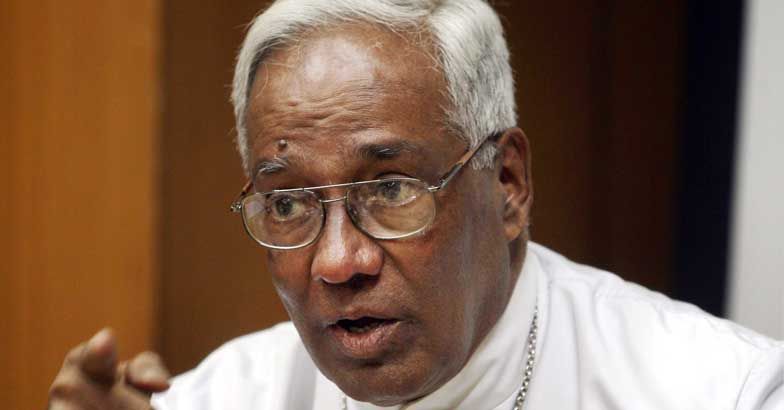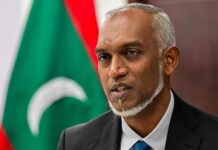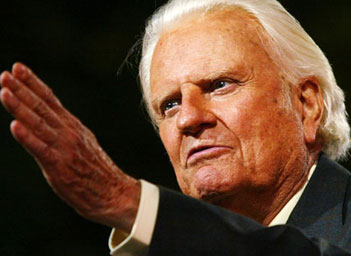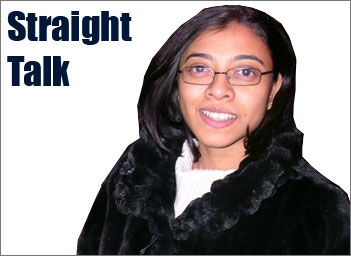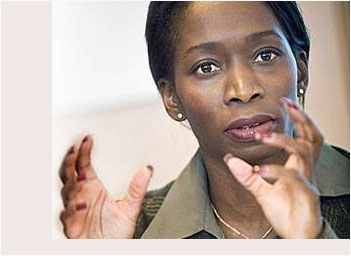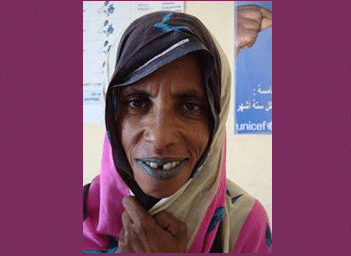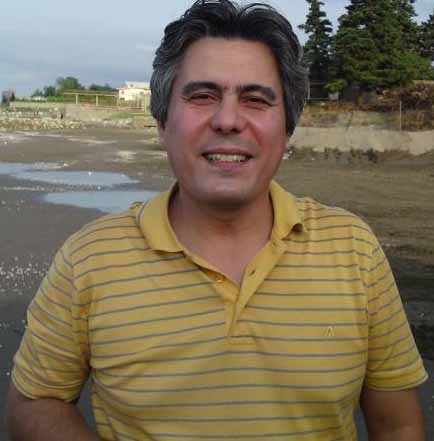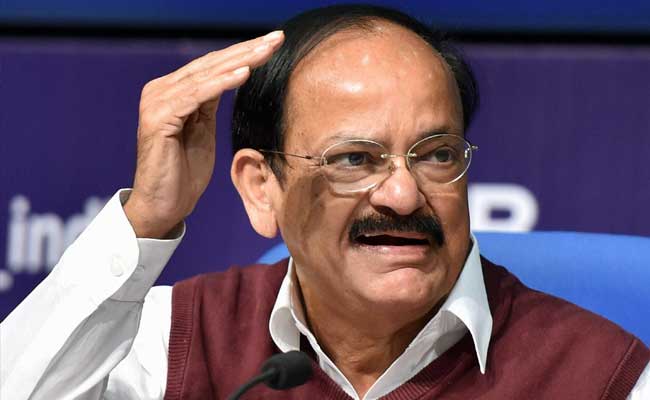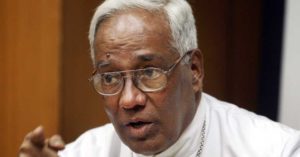 THERE ARE MORE than 5,000 Catholic bishops in the world, and the law of averages being what it is, not all are going to be moral heroes, spiritual giants or intellectual visionaries. Most are simply decent pastors trying to get through the day, with no vast ambition or agenda.
THERE ARE MORE than 5,000 Catholic bishops in the world, and the law of averages being what it is, not all are going to be moral heroes, spiritual giants or intellectual visionaries. Most are simply decent pastors trying to get through the day, with no vast ambition or agenda.
Every now and then, however, you trip across a truly remarkable shepherd, one who embodies what Catholicism is about at its best. The Church lost one such figure on Sunday, with the death of 81-year-old Archbishop Raphael Cheenath of Cuttack-Bhubaneswar, India, who stepped down in 2011.
The Kandhamal district of his archdiocese was the setting for the most violent anti-Christian pogrom of the early 21st century in 2008, when mobs of Hindu radicals set upon Christian villages, killing at least 100 people, torching hundreds of churches, schools and social service centers, and leaving more than 50,000 people stranded in a nearby forest where more died of snakebite and hunger.
The sort of savagery we’re talking about honestly seems more at home in the early church, or the Middle Ages, than post-modernity. One Baptist preacher, for instance, was buried in a pit for three days, then dug up and his intestines were ripped out – his attackers wore them around their necks as a kind of a macabre war trophy.
The victims were almost entirely Dalits, meaning the “untouchables” under India’s ancient caste system, and Tribals, meaning members of the country’s indigenous groups. Both have long been at the bottom of the heap, so the religious motive for the attacks was compounded by issues of class and race.
Cheenath, a Verbite priest by formation, was profoundly affected by the experience. By that stage he had been the bishop of the area for almost 25 years, so none of what happened was an abstraction to him – he knew the people, he knew the places, and he felt the pain of the losses in his bones.
Cheenath became a champion of the oppressed, particularly Christian victims of persecution in India’s Hindu-dominated society, at a time when militant Hindu nationals are exercising growing power over national affairs.
My Crux colleague Inés San Martín and I sat with Cheenath for almost an hour a year ago during a reporting trip to India, trying to document stories of the new Christian martyrs. We met him at a Verbite residence in Mumbai, near the hospital where he died on Sunday.
Cheenath was scathing in blasting the Indian government’s failures to see the carnage coming, noting that since 1967 Hindu radical activists in the area had been vowing to eliminate the growing Christian presence. (Many Dalits and Tribals have embraced Christianity in part as a path to social emancipation, seeing it as a way to get out from under the burdens of the caste system.)
“The attack was known to the government’s intelligence department, and they were in alliance with the parliament,” Cheenath told us. “The police were there when the attacks were happening, and they did nothing.”
“Churches were destroyed in the presence of the superintendent of the police, and he just stood there watching it happening,” he said. “I know this because there was a priest hiding in the toilet when they attacked his church. I have no doubt that they were in alliance.”
Cheenath wept openly while telling the story of Father Bernard Digal, a priest in Kandhamal who was trying to promote the development of Dalit and Tribal communities, and who decided to make a run for it after hiding in a forest for two or three days but who was caught by a Hindu mob.
“Eventually they found him in a hut, so they got him naked and beat him up,” Cheenath told us. “They thought he was dead, so they decided to burn him up. As they were turning on the fire, he woke up and saw they were going to burn him up, so he mustered all his energy and tried to run, but they caught him, beat him again and thought he was dead and just left him there.”
Digal was eventually discovered in the forest and airlifted away for medical treatment, but he died from his injuries.
Cheenath was also unsparing in his critique of the radical Hindu national movements in India that orchestrated the violence.
“They survive by lies,” he said. “If you want to know the real story, their model is Nazism and Fascism is their philosophy, so they can survive only by lies.”
Until that changes, he predicted, “there won’t be much peace” for Christians in the country.
“There will be constant harassment,” he said.
Cheenath was just as candid about what he saw as the failures of the Indian Church’s response to the tragedy.
“There are many issues which need to be tended to, and for that the church is not attentive,” he said. “I think it forgot about it too, and the church should continue the fight. The people in Kandhamal cannot fight, so the whole Church as such should come forward, take up issues that might endanger the future and mission of the Church, and fight them continuously. This, I don’t see we’re doing.”
When the forces behind the violence, he asked, “can tell so many lies beautifully, why can’t we tell the truth?”
At the end of the day, Cheenath told us he had been deeply evangelized by the victims of Kandhamal.
“They lived in the forest and they lost everything, except the few things they could carry with them. The rest all stolen or burned. There was hardly anyone left in the church,” he said.
“So when I went to meet them in the street, market place, refugee camps, I was worried about what to tell this people, how to console them. And they were consoling me. They told me, we lost everything, our house, our people, our clothes, but we won’t give up our faith.”
“They’re telling me that they’re not giving up,” he said. “And they will not give up.”
Cheenath’s ardent hope, expressed in our Crux interview, was that the martyrs of Kandhamal would one day be beatified and eventually canonized, and that the pope himself would come to India to do it.
For this giant of the faith, here’s hoping that his last wish was not in vain. John L Allen Jr in Crux



